Filters play a key role in how your coffee turns out, so it’s essential to choose the right ones when preparing a batch of java. Read on to discover the key differences between disposable and reusable coffee filters.
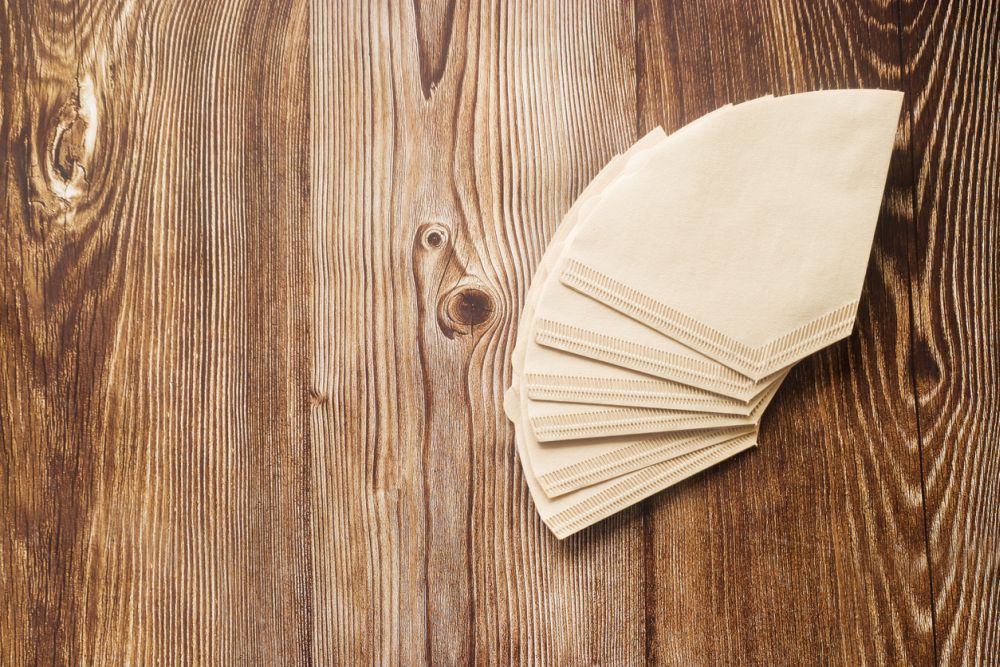
The taste of your coffee is influenced by the coffee beans, water quality, brewing method, and coffee filters. Today, we’re going to be talking about coffee filters.
This article showcases the differences between disposable and reusable coffee filters so that you can get the best filter type to brew your morning cup of java. But first, let’s see why a coffee filter is important and what makes a coffee filter good.
Table of Contents
- Why a coffee filter is important
- What makes a coffee filter good
- The key differences between coffee filter materials
- Reusable and disposable coffee filters: 7 key differences
- FAQ
- Closing thoughts
Let’s start by understanding why a coffee filter is essential to the coffee-making process.
Why a Coffee Filter is Important
When preparing a batch of hot coffee in your kitchen, it’s important to understand why you need a coffee filter in the first place. Sure, you can make coffee without a filter, but there’s a whole science to it, and the results will be different.
To figure out the role of a coffee filter, you must take a look at the coffee-preparation process.
Coffee is made by steeping coffee grounds in hot water. But having coffee grounds in your coffee isn’t desirable because they can alter the flavor and texture of your beverage, making it bitter and unpleasant.
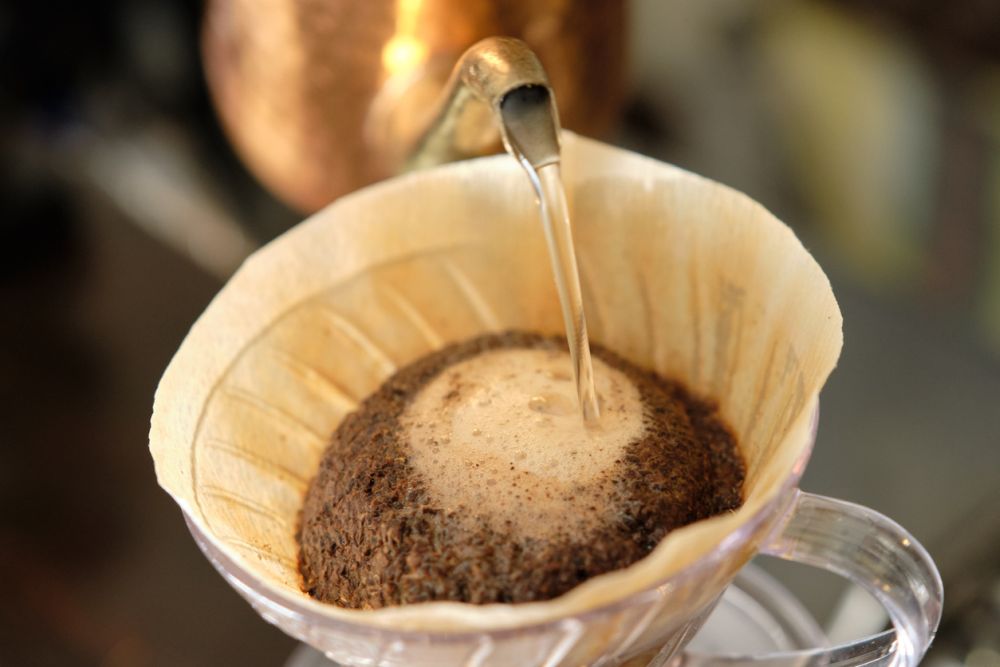
To obtain a better-tasting and more enjoyable coffee, it’s essential for the grounds and other substances extracted from the coffee grounds to not end up in your cup. And that’s where a coffee filter comes into play.
The role of a coffee filter is to allow the liquid beverage to flow through into your cup or carafe while trapping any coffee grounds. Some coffee filters are even capable of removing unwanted oils.
As for the oils, many people debate whether it’s ok to remove some of them, such as diterpenes, because have helpful anti-inflammatory properties. Others like cafestol play a significant role in raising your blood cholesterol levels.
In the next section, discover the top three criteria that define a good coffee filter.
What Makes a Coffee Filter Good
There are two main types of coffee filters: disposable and reusable.
Disposable coffee filters are the ones made from paper, and they must be (or should be) replaced every time you brew a new batch of coffee. Meanwhile, reusable coffee filters are made from plastic, nylon, metal, or cloth, and they can be used repeatedly for years before throwing them away.
Regardless of whether you’re using disposable or reusable coffee filters, you should keep in mind three critical features that define their quality and worth:
- Efficiency – The purpose of a coffee filter is to retain all particles and unwanted substances, so you need one that’s as efficient as possible. Metal or plastic mesh filters aren’t so dependable since the holes are relatively big, so they’re only good against larger particles.
- Strength – A coffee filter needs to be strong enough to not tear or break during use. Similarly, paper coffee filters must be strong enough to not rip.
- Capacity – Water flows through the coffee grounds by going through the filter, leaving unwanted particles and oils. The capacity of a coffee filter is represented by its ability to retain those particles while still allowing the coffee to flow through. Think of it as the coffee filter’s ability to not clog up.
In the next section, discover the main differences between coffee filter materials.
The Key Differences Between Coffee Filter Materials
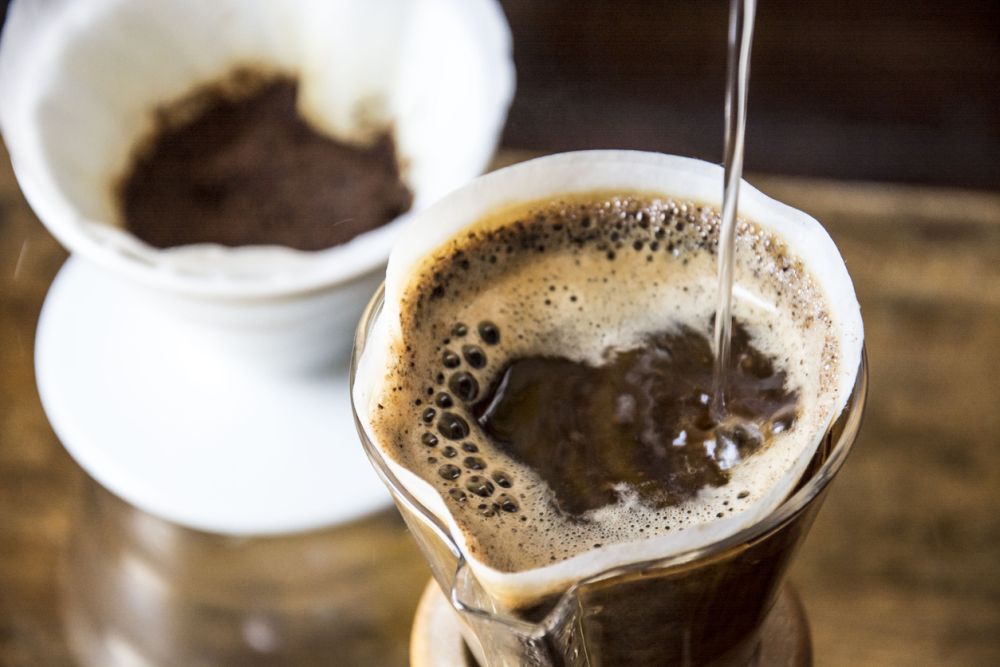
When discussing disposable and reusable coffee filters, it’s crucial to review the materials used.
As mentioned in the previous section, disposable coffee filters are all paper, while reusable coffee filters can be plastic, metal, or cloth. But paper coffee filters can be bleached or unbleached. And there are also some differences between the reusable coffee filter materials.
In the next section, learn more about bleached and unbleached paper coffee filters.
Disposable Coffee Filters: Bleached vs Unbleached Paper
Some paper filters are bleached while others are unbleached.
Bleached paper coffee filters are more aesthetically pleasing since they’re whiter. But unbleached paper coffee filters are better for the environment since they don’t require the use of harmful chemicals during the manufacturing process.
In the next section, learn about the metal, nylon, plastic, and cloth coffee filters.
Reusable Coffee Filters: Metal vs Nylon vs Plastic vs Cloth
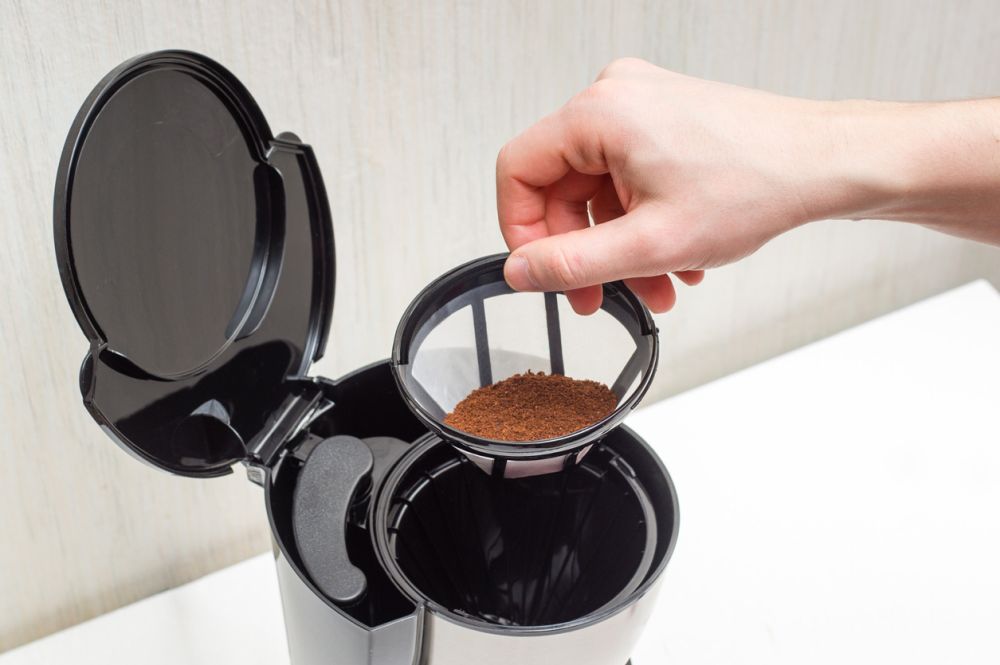
Reusable coffee filters come in different materials, such as metal, nylon/plastic, or cloth.
Nylon is the most popular choice since it’s relatively cheap and easy to clean. But it has a short lifespan and is prone to bending and deforming, especially when making coffee using scalding hot water.
Plastic and metal provide the same filtering capabilities as nylon: they prevent coffee grounds from entering your coffee but fail to filter oils efficiently. But plastic coffee filters are slightly more expensive and more durable than nylon coffee filters. Metal coffee filters are more expensive than plastic coffee filters but last up to 6 or 7 years when maintained properly.
Cloth is effective at filtering coffee. But it’s challenging to care for a cloth coffee filter since you must wash it after every use, keep it from overdrying, and prevent it from remaining moist. Regrettably, a cloth coffee filter typically changes the coffee taste after first use since it’s very difficult to thoroughly remove all the oils from the cloth’s fibers.
In the next section, learn about the key differences between reusable and disposable coffee filters.
Reusable and Disposable Coffee Filters: 7 Key Differences
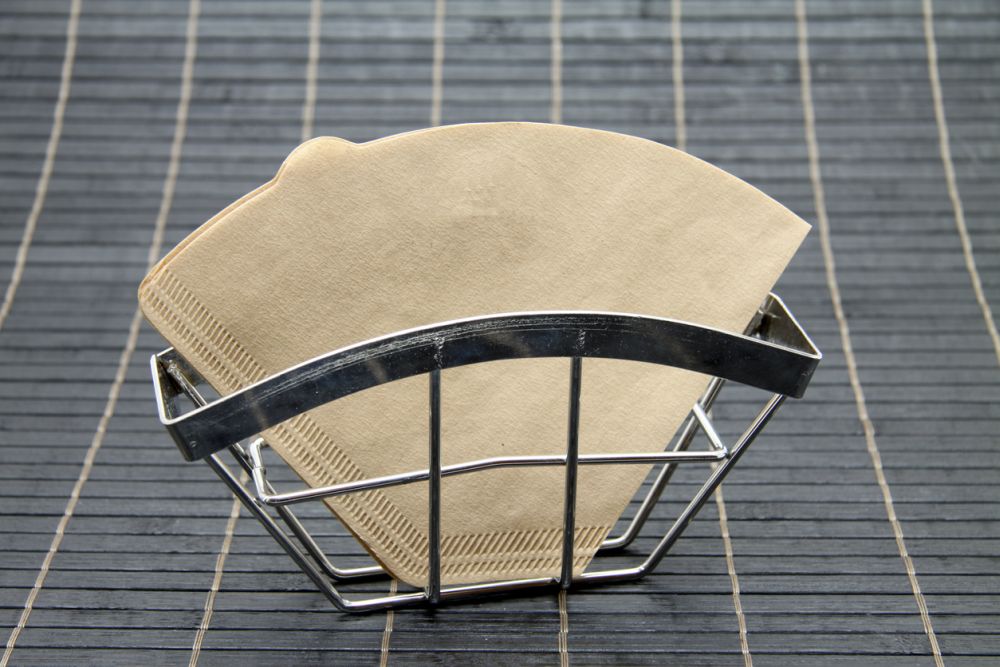
Now that you know a bit more about the characteristics of a quality coffee filter, let’s find out the key differences between disposable and reusable coffee filters regarding filtering power, oil filtering, reusability, environmental impact, durability, coffee quality, and cost.
Let’s start with the filtering power.
Filtering Power
Both disposable and reusable coffee filters are good at keeping coffee grounds out of your beverage. But paper filters have superior filtering power since they catch powder-sized coffee ground particles with a size of up to 10 to 15 micrometers.
Unfortunately, the mesh structure of reusable filters is currently incapable of handling such a fine powder size, whether the filters are metal or plastic.
You might notice that coffee brewed with reusable filters is typically darker and more cloudy. Additionally, coffee has a richer and bolder taste, similar to French press coffee. And the sediment eventually settles at the bottom, just like with French press or Turkish coffee.
So when it comes to filtering power, disposable coffee filters are better than reusable coffee filters.
In the next section, learn more about oil filtering.
Oil Filtering
The oil filtering capability of a coffee filter is determined by the filter type: disposable or reusable.
Reusable coffee filters are useless at eliminating oils, while paper filters manage to remove them entirely.
For example, the French press uses a metal mesh filter to filter out the coarser grounds of the brewed coffee. But the mesh isn’t fine at all, so most of the oils from the coffee grounds end up in your coffee, giving French press coffee its signature rich taste – it’s tasty.
Unfortunately, it was revealed that many coffee ground oils significantly raise cholesterol levels.
So when it comes to oil filtering, pick disposable filters to drink healthier coffee or go with reusable filters to enjoy tastier coffee.
In the next section, learn more about reusability.
Reusability
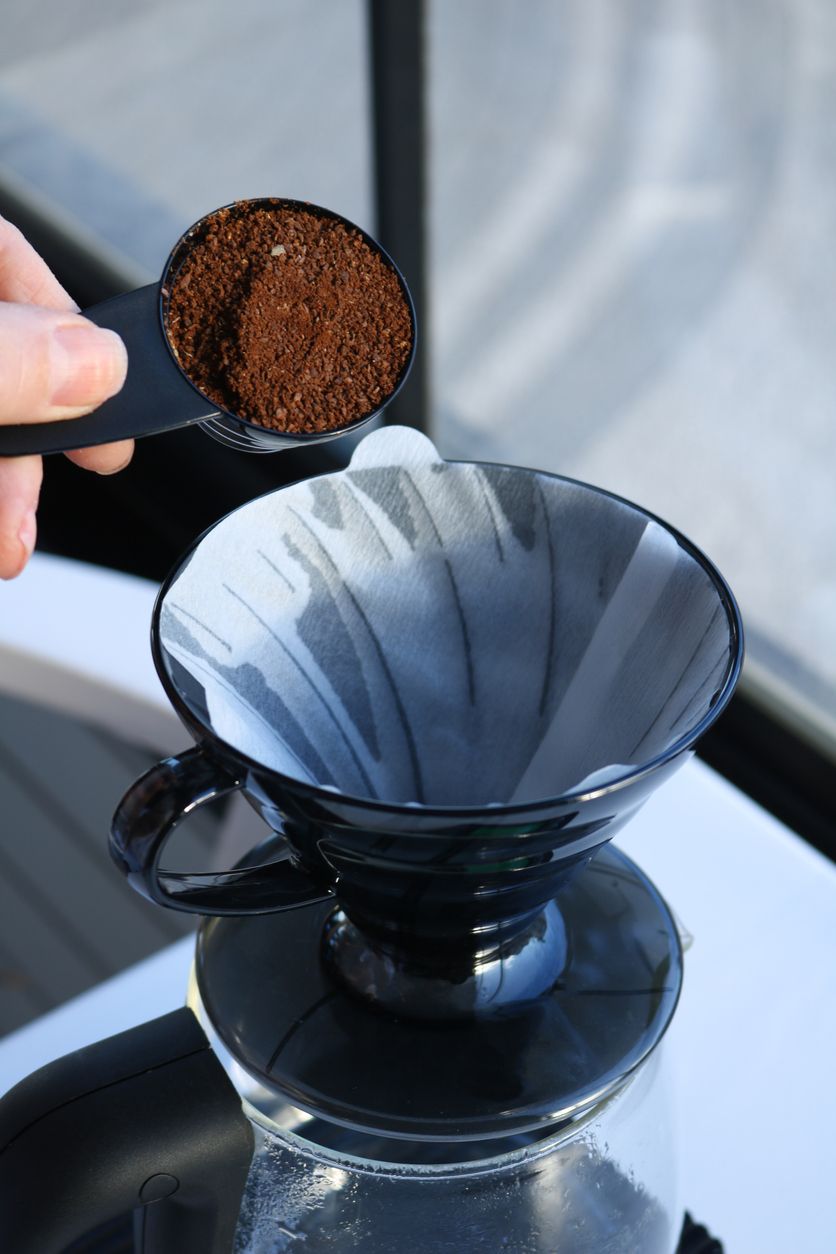
The reusability factor is important for many people when choosing a disposable or reusable coffee filter, and it’s tied to the costs, environmental impact, and convenience.
When utilizing a reusable coffee filter, you just have to rinse it with water after each use. This method is less convenient but cheaper and excellent for the environment.
Paper filters should be discarded after each use, which means that your garbage bin will quickly fill up if you’re a coffee addict. It’s more convenient but also more expensive and bad for the environment.
So when it comes to reusability, reusable coffee filters are better than disposable coffee filters.
In the next section, learn more about the environmental impact.
Environmental Impact
A coffee filter affects the environment, depending on the material it’s made from. So a disposable coffee filter made from paper is bad for the environment because you have to buy new filters. Meanwhile, a reusable coffee filter has zero impact on the environment since you must clean it after each use.
So if you’re environmentally conscious, be sure to invest in a reusable coffee filter.
In the next section, learn more about durability.
Durability
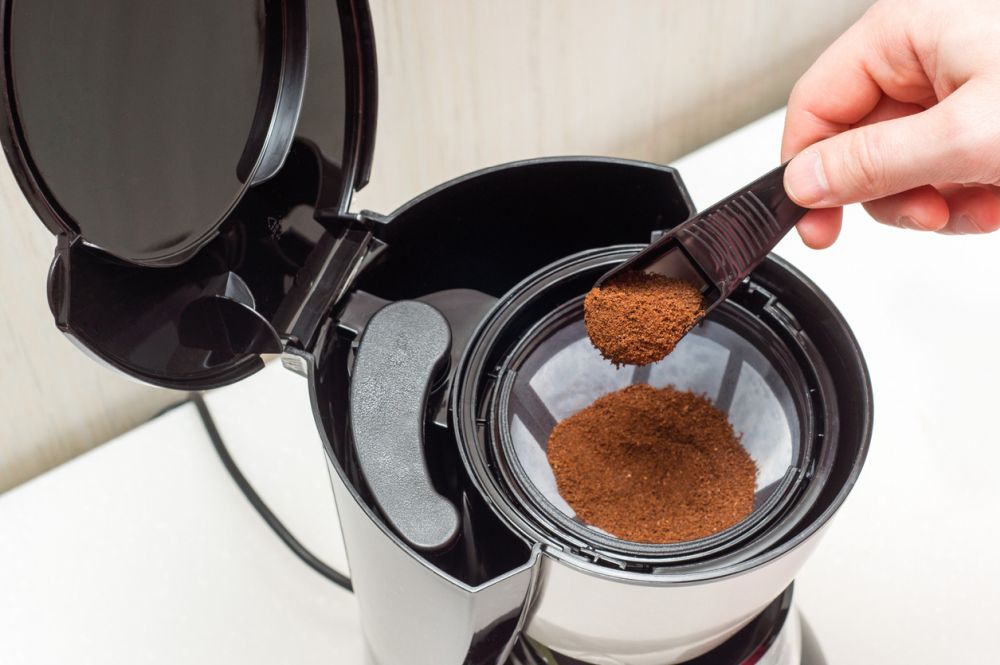
Durability is a key aspect when reviewing the differences between disposable and reusable coffee filters.
Paper filters that aren’t durable enough can tear or rupture, allowing coffee grains to end up in your pot of coffee, rendering it useless. On top of that, placing your paper filter improperly will cause it to bend or fold while the coffee maker is running.
Even if you’re using the pour-over brewing method and notice that the paper filter has folded, placing it back into the right position can be tricky. And you can’t do it by hand either since you can burn your fingers from the hot water.
Reusable coffee filters don’t have this durability issue of paper coffee filters. Since they’re nylon, plastic, or metal, a reusable coffee filter doesn’t bend or break, regardless of the water temperature.
So when it comes to durability, reusable coffee filters are better than disposable coffee filters.
In the next section, learn more about coffee quality.
Coffee Quality
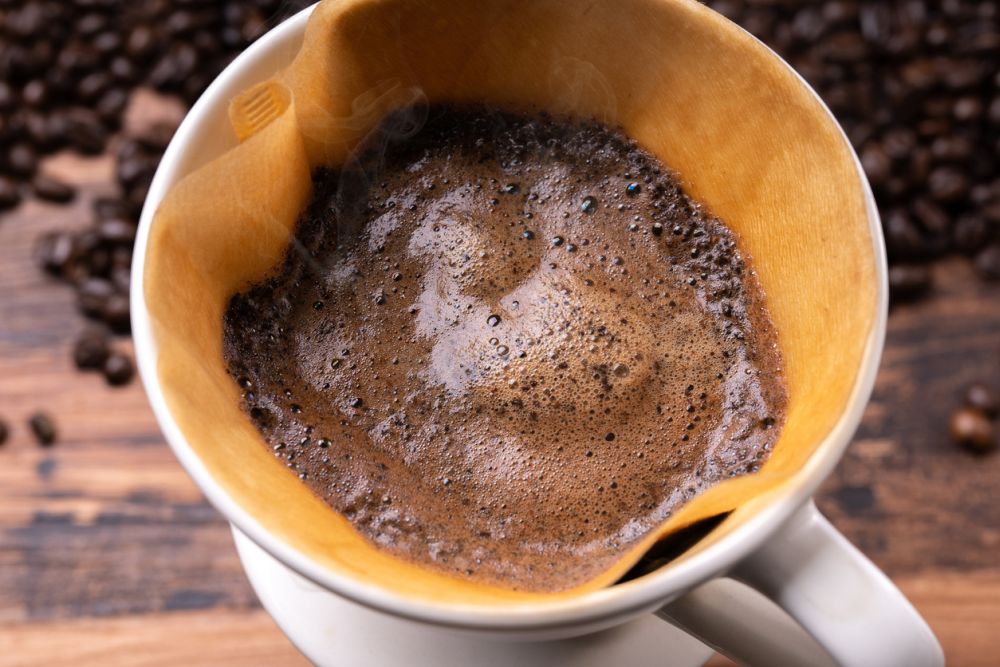
Used properly, both disposable and reusable coffee filters prepare high-quality coffee without any strange after-tastes. But the preparation method is different and could affect the coffee quality.
For example, if you use a paper filter and notice faint papery notes, here’s how to remove them:
- Place your filter in your coffee maker.
- Pour hot water over it to pre-wet it.
- Throw away the water after it went through the filter.
- If necessary, rinse a second time.
- Throw away the water, and continue your brewing.
Troubleshooting a reusable coffee filter is trickier since it must be washed properly after every use. There are hard-to-reach spots where oils and old coffee grounds can become lodged, and the only way to remove them is by scrubbing the mess with a brush.
If you fail to properly clean a reusable coffee filter, the taste of rancid coffee grounds and oils will end up in your next batches of coffee. And the only way to fix this problem is by replacing the reusable coffee filter.
So when it comes to coffee quality, using a disposable coffee filter is better than using a reusable coffee filter, especially if you’re honest about your little-to-no patience with deep filter cleaning.
In the next section, learn more about costs.
Cost
Debating the costs of disposable and reusable filters is simply a debate of whether you prefer saving money in the long term or the short term.
A reusable coffee filter is about $15, while a package of 100 paper filters costs less than $5.
If you do the math, it’s pretty obvious that reusable filters are way cheaper in the long run since you’ll only need to buy them once every few years.
So when it comes to costs, a reusable coffee filter is cheaper on the long term than a disposable coffee filter.
In the next section, learn more information about disposable and reusable coffee filters.
FAQ
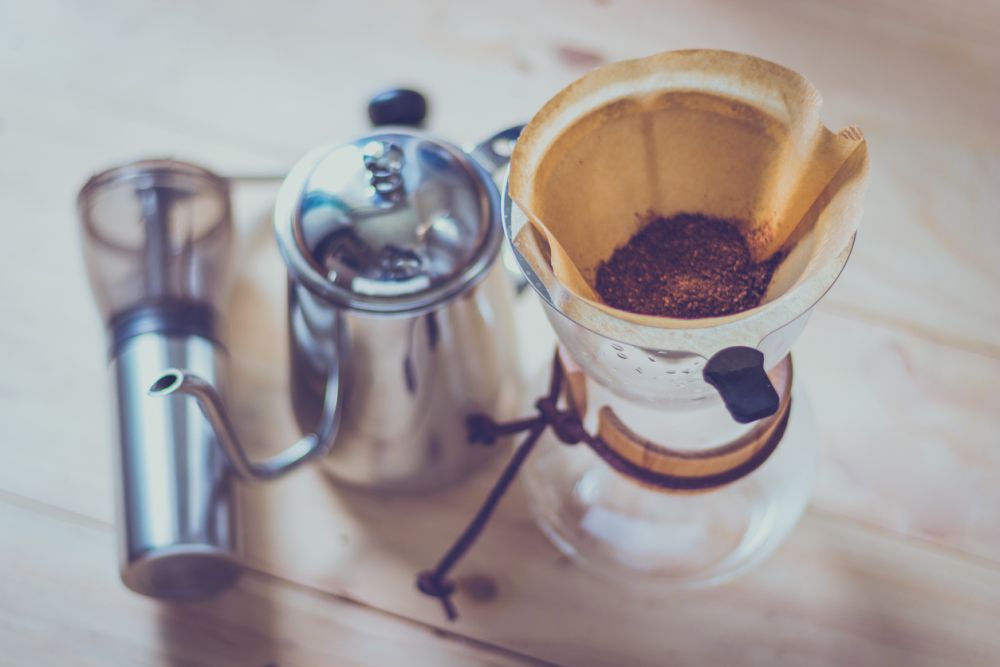
This section gives you simple answers to common questions about disposable and reusable coffee filters.
What’s better, paper or metal coffee filter?
It depends on whether you prefer taste or health. A paper coffee filter creates healthier coffee but a metal coffee filter prepares tastier coffee.
Does my coffee maker need a paper filter?
It depends on the type of coffee you’re making. For example, if you’re using a drip-brew coffee maker, you can use a paper filter or go with plastic or metal. But the French press filter is metal, and that can’t be changed.
Which filter is best for pour-over coffee?
If you want your pour-over coffee to taste good and be as healthy as possible, stick to disposable paper filters.
The next and final section summarizes the entire article on disposable and reusable coffee filters.
Closing Thoughts
Whether you prefer paper or permanent coffee filters depends on your individual preferences and needs. For example, disposable paper filters are probably your best bet if you’re looking for the best filtering power and oil retention. On the other hand, reusable metal filters are more environmentally friendly.
What do you like best between disposable and reusable coffee filters? Let us know in the comments below!
Leave a Reply